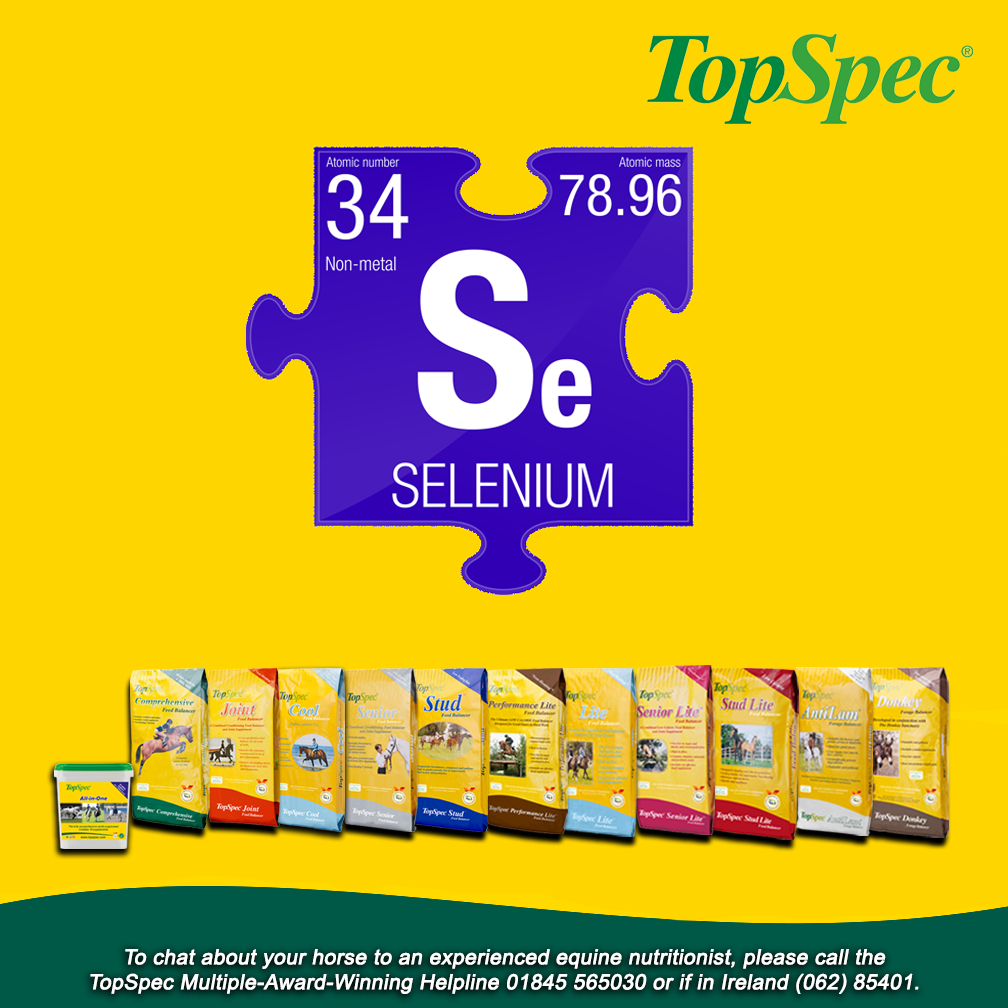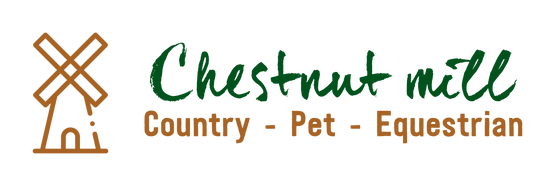From £6.99

The Role of Selenium in a Horses Diet - Horse Supplements
Selenium needs to work in conjunction with vitamin E in order for them both to act as antioxidants to help maintain healthy cell function, repair DNA and reduce tissue damage caused by free radicals. Free radicals are normally produced during cell metabolism but higher levels are produced in certain circumstances, for example, in a horse that is working hard or growing. As the functions of selenium are closely linked with vitamin E and the two should always be fed in the correct balance.
Selenium is also found in proteins in the body involved in healthy muscle function and is important for healthy immune, neuromuscular and thyroid function. The thyroid function will affect growth and it is also important for healthy reproduction.
Feeding appropriate amounts of selenium is particularly important for horses in hard work to support healthy muscle function. Horses prone to recurrent episodes of “tying-up” should have raised levels (but not dangerously raised) of selenium in the diet to support muscle function. Optimum levels are also important during pregnancy. During late pregnancy, selenium works with vitamin E to support the production of good quality colostrum. Selenium requirements also increase during growth.
When horses are fed higher levels of oil in the diet it is important to ensure sufficiently high levels of selenium are fed to help “mop up” the excess free radicals produced when oil is metabolised to produce energy.
A diet deficient in selenium can lead to muscle failing to function properly, reproductive issues (uterine inertia has been reported in one mare) and cardiac problems. White muscle disease is occasionally seen in foals and even more rarely, death can result from selenium deficiency in adult horses.
The difference between requirement and toxicity for selenium is narrow, with serious problems associated with excess. These can commence with a rough coat, loss of main and tail, separation of the hoof wall from the coronary band and follow with the loss of the hoof/hooves. Acute overdose can result in blindness and organ failure. When an error was made in the selenium premix used in a horse supplement in the UK before the millennium many polo ponies had to be pts or died. The most likely source of this rare toxicity in the UK currently is the excessive use of multiple sources of selenium by the horse-owner e.g. the use of compound feed with a feed balancer and one or more supplements.

